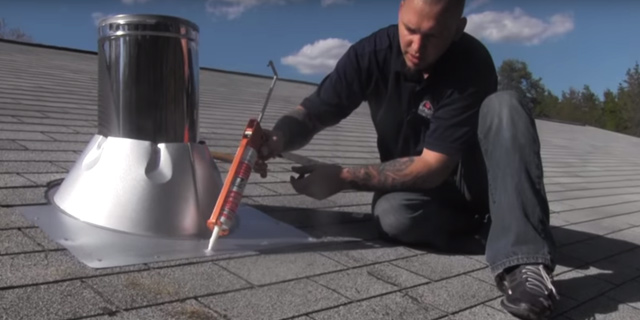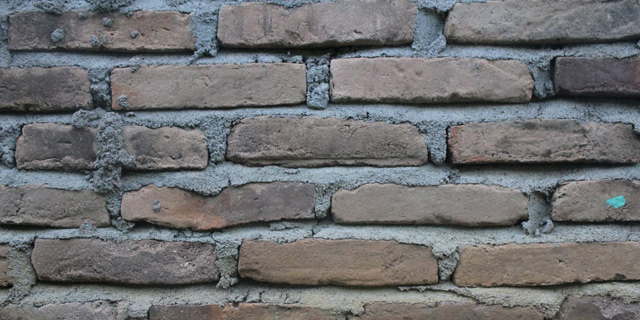Keep your masonry chimney operating at its maximum potential with regular maintenance and repairs. Many times a homeowner does not think about the masonry chimney other than to perform an annual cleaning right before the burning season. If a masonry chimney is not been regularly maintained a small crack can turn into major structural damage. This could then lead to damage to your home’s structure sounding the masonry chimney or even worse a fire! Regular maintenance is a must to keep your home safe from damages year round.
Let’s take a look at a few of the most common issues for each part of the masonry chimney that homeowners come across when having their it inspected and how to repair these issues.
Start at the Crown of the Chimney

The crown of a masonry chimney refers to the concrete or mortar slab at the top of the chimney run.
Inspect for: loose or missing pieces, chips, and cracks
How to Repair: If there are loose or missing pieces you will want to call a professional to make sure that the crown’s structure is still sound. When cracks are present but the crown is still solid, for small cracks you can apply CrownSeal to the entire crown surface. The CrownSeal will stay permanently flexible preventing water damage and leaks. If there are large cracks in the crown fill the crack with a silicone acrylic latex caulk and cover with the CrownSeal. The caulk will cure underneath the CrownSeal. Applying the CrownSeal will also give the crown a facelift, looking bright and new.
Check the Seal of the Chimneys Flashing

A masonry chimneys flashing is located at the joint where the roof and the chimney meet.
Inspect for: leaks and water damage to the surrounding roof deck. You may notice this better from the underside of the roof located in the attic space.
How to Repair: Seal the flashing with an Elastomeric Flashing Sealant, like the one manufactured by ChimneyRX. To keep lines straight and uniform tape off a border surrounding the problem areas that need to be treated. To use apply approximately 1/8”of coating to the surface to be sealed. Make sure product fills all cracks and holes. Apply the Elastomeric Flashing Sealant so that it about one inch past the problem area.
Take a Close Look at the Structural Integrity of the Masonry Chimney

Take precautions to prevent minor problems from turning into major costly repairs. The complete structure of the masonry chimney should be inspected.
Inspect for: loose, cracked, or chipped bricks, often referred to as spalled bricks and loose or missing mortar joints
How to Repair: Seal any cracks with a Crack & Joint Sealant. Brush horizontal and vertical joints with Masonry Crack & Joint Sealant using a one inch wide brush. Fill all cracks and voids thoroughly. When filling is complete, and while material is still wet, wash excess material off of the face of the brick with a wet cloth. If you have pieces of mortar joints that are completely missing it is recommended that you contact a professional to inspect the structural integrity of the masonry chimney.
Check for Moisture Intrusion

For this problem you will need to inspect the complete masonry chimney. Brick and mortar are porous substances and will allow water to get through. If the chimney has not been “waterproofed” there could get moisture inside the chimney flue or into the bordering walls of your home.
Inspect for: Throw a few ounces of water onto the outer masonry chimney wall, watch for the surface to darken quickly and water to absorb rapidly.
How to Repair: Treat the entire surface with a Water-Base Water Repellent. To use you should shake well before using. Apply from bottom up using a low pressure sprayer (10-25 psi) with a fan type nozzle, or by roller with a minimum 3/8 inch nap. Flood surface until excess runs down six to eight inches below spray or roller pattern.
Inspect the Masonry Chimneys Flue Liner
The inner clay or tile liner of a masonry chimney needs to be thoroughly inspected as well. This is best done by running a special camera up the chimney flue. Most of the time a professional is needed for this inspection.
Inspect for: cracks, holes, or obstructions
**How to Repair: If the masonry chimney flue has damages the safest option would be to reline the complete run with a chimney liner. A stainless steel flex liner is easy to install and can be done by the homeowners if they are able. If the homeowners is not comfortable with the installation then it is always best to call in the professionals to get the job done.







